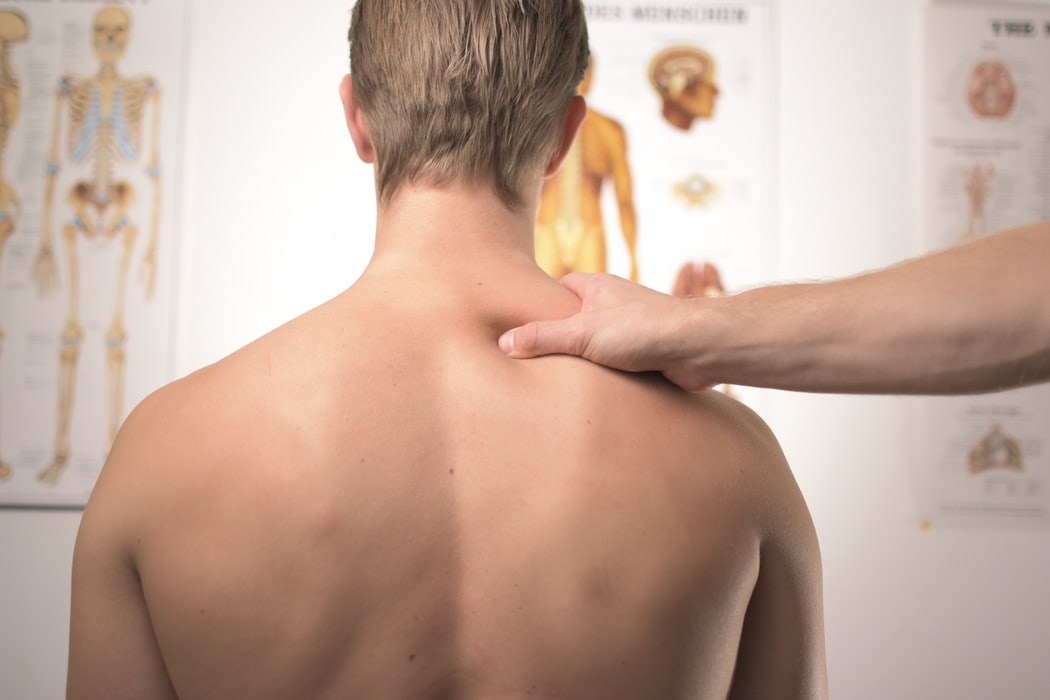Getting older doesn’t have to mean dealing with aches and pains. In other words, muscle soreness and activity-related flare-ups are not simply “facts of life.” Here are 3 ways you can help your body naturally recover and handle everyday aches and activity-related flare-ups.
- Nutrition. Previously, we’ve talked about foods that promote inflammation. In particular, trans fats, refined carbohydrates, added sugars, vegetable oils, meat from feedlot animals, food intolerances, and trigger foods. In order to keep muscle and joint discomfort at bay, a good place to start is limiting these types of ingredients, which are common in processed foods.
Rather, focus your nutrition on foods that are rich in healthy fats (like omega-3s), antioxidants (like vitamins A, C, and E), and phytonutrients (like flavonoids, anthocyanins, carotenoids, plant sterols, glucosinolates). What are the best foods? Great question; here are some of our favorites.
- Avocados
- Extra virgin olive oil
- Cherries
- Apples
- Blueberries, strawberries, and other berries
- Red wine
- Coldwater fatty fish
- Broccoli and other cruciferous veggies
- Brazil nuts and other nuts
- Dairy, yogurt, and other fermented foods
- Dark green leafy veggies
- Orange-colored fruits and veggies (carrots, pumpkin, sweet potatoes, papaya)
- Citrus fruits
- Pineapples
- Whey protein
- Bone broth
- Hot and Cold Therapy. One of the most commonly recommended ways to help reduce soreness, relieve pain, and decrease inflammation is cryotherapy, whether that’s in the form of cold-water immersion (soaking in a cold tub), ice pack therapy, or whole-body cryotherapy (exposing the body to vapors that reach ultra-low temperatures from minus 200 to minus 300 degrees Fahrenheit). By impacting tissue temperature, blood flow, pain, and swelling, cryotherapy is often a go-to strategy to help mitigate soreness and discomfort.
On the other side of the coin, heat has been used therapeutically for thousands of years for to immediately relieve discomfort and increase blood flow to speed the recovery process. Based on the most recent research, it seems like moist heat (warm-water therapy) and sauna bathing may be the most effective and efficient tools to relieve soreness and discomfort.
- Massage Therapy. Last but certainly not least, massage therapy is often believed to be the best, most effective tool to reduce soreness and discomfort. In a study published in the Journal of Athletic Training, Australian researchers found that a 10-minute massage 3 hours after exercise resulted in a 30% reduction in muscle soreness and swelling. In another recent study published in the Journal of Strength and Conditioning Research, researchers found that 10 minutes of massage therapy performed 48 hours after intense exercise significantly reduced the intensity of soreness and pain sensitivity.

